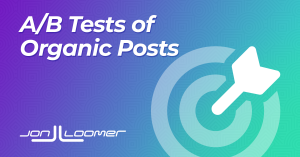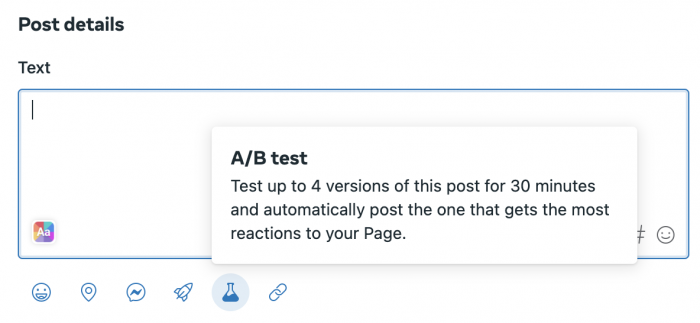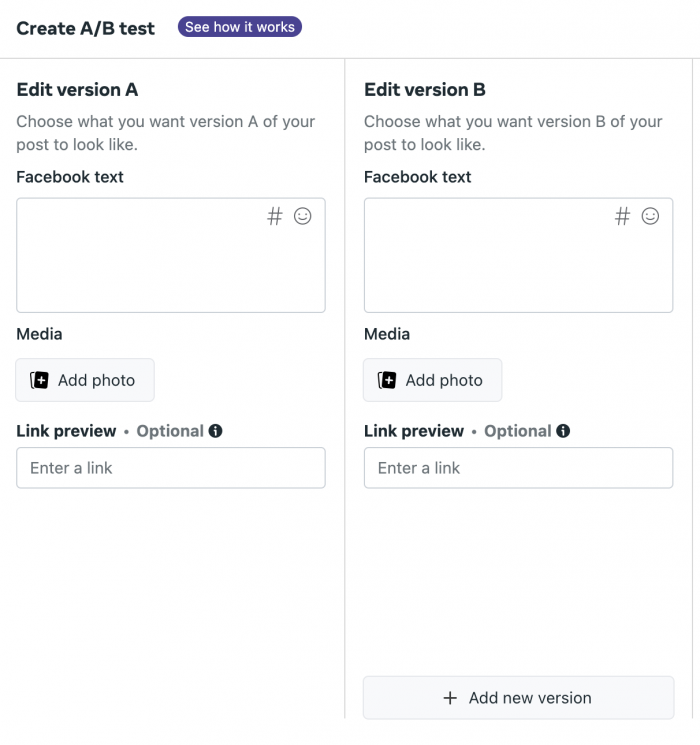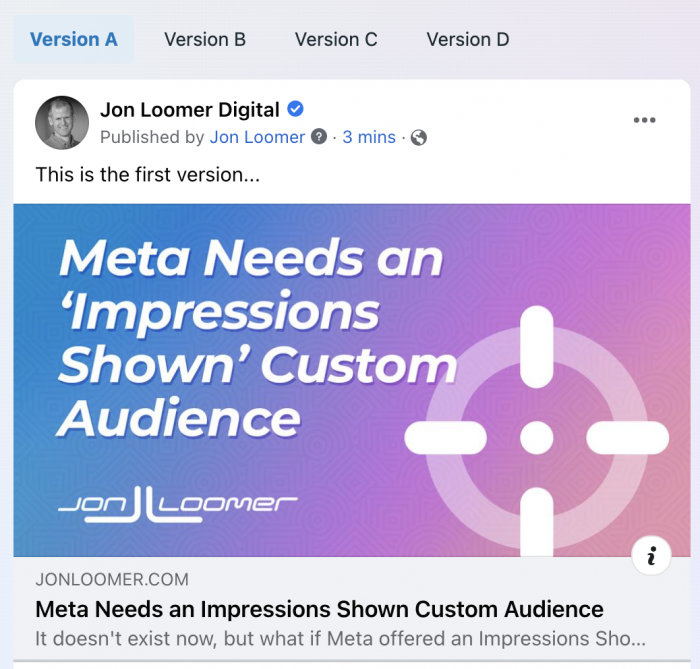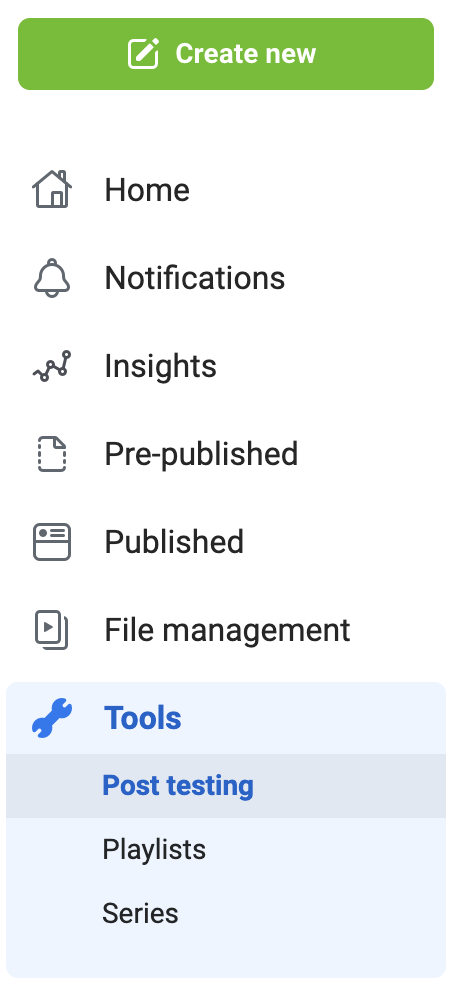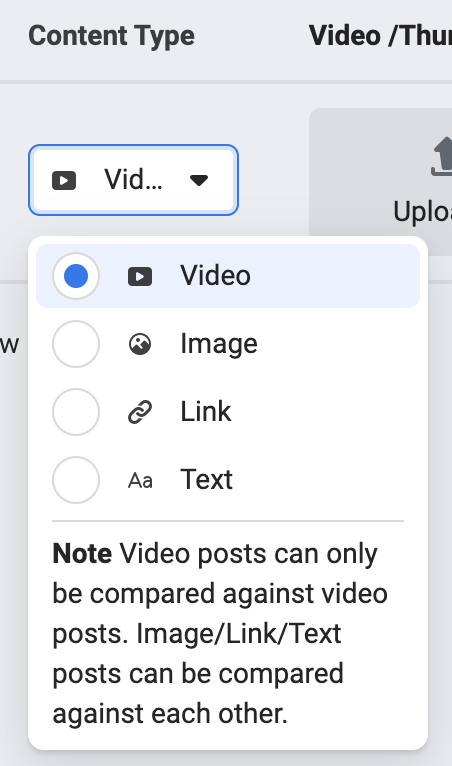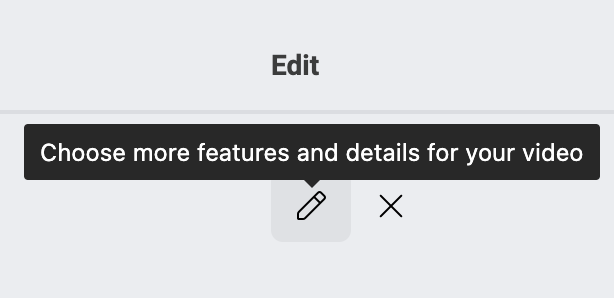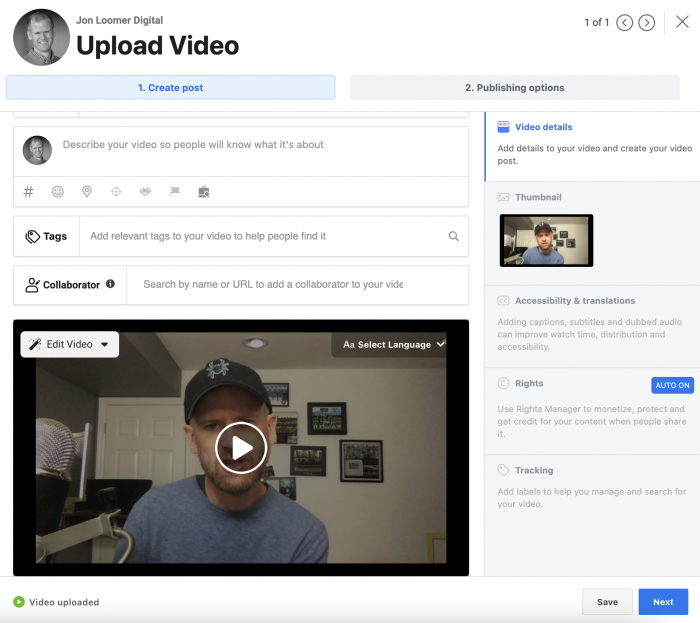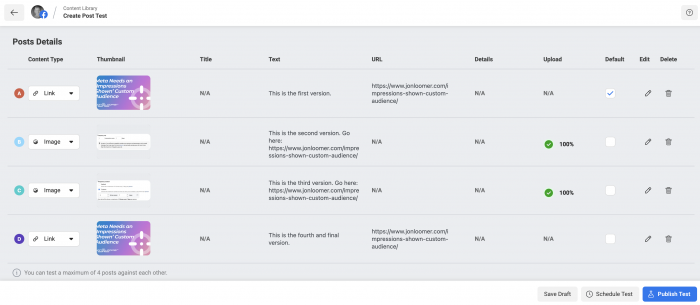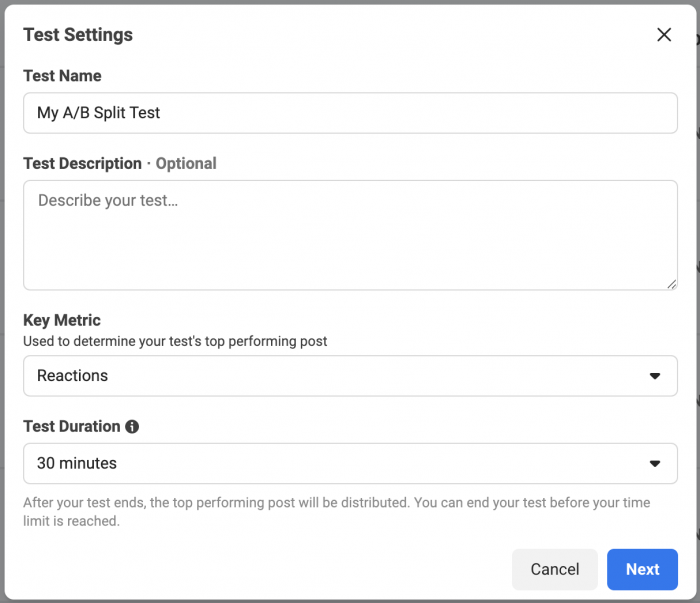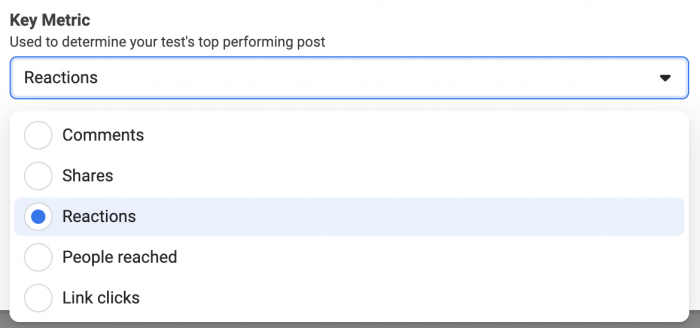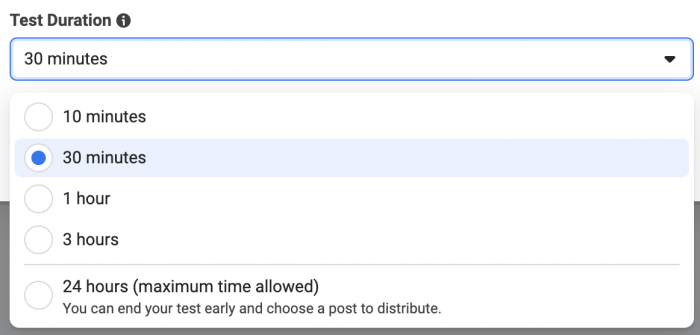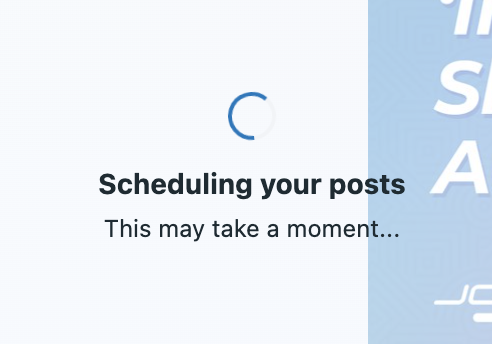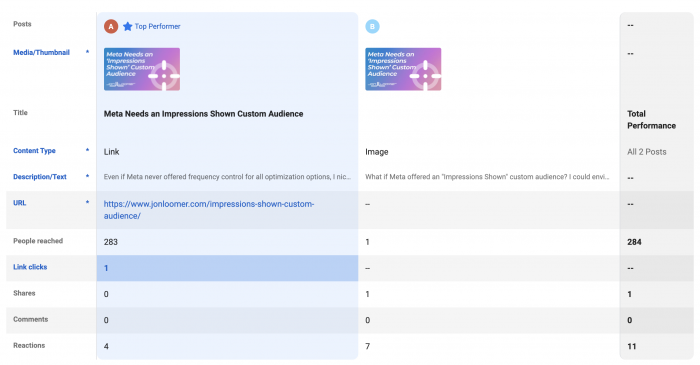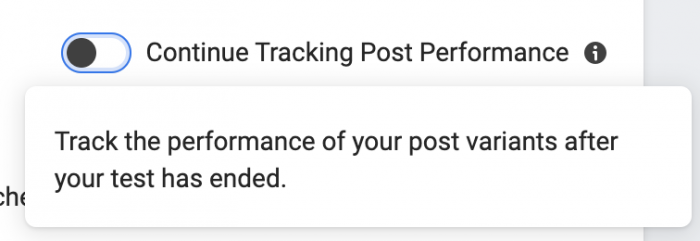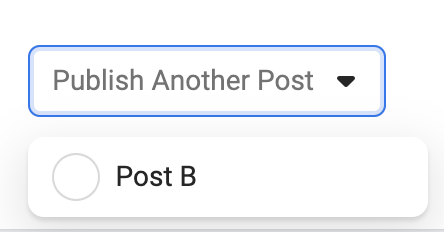
If you’re a TV watcher, you know great stories — ones that hook us from the start and keep us watching until one, two, or (oops) five episodes have gone by without even noticing. Did you know that brand storytelling can have the same effect? When brands use content marketing to tell compelling stories, they can make us forget that it’s marketing at all.
Instead, what we see and feel is the meaning and mission behind what brands do. This helps to build connection and trust — and ultimately, loyal customer relationships.
And what better place to get brand storytelling inspiration than from the binge-worthy shows we just can’t stop talking about? In this article, I’ll cover five real marketing lessons we can learn from the likes of White Lotus, Outer Banks, and other current TV favorites.
Quick Takeaways
- Empathetic marketing shows customers you understand and care about their needs.
- Consumers want to buy from brands whose values align with their own.
- Brand authenticity matters, and brand storytelling can help you communicate new and innovative ideas to your audience.
- Marketers should go with their gut — when something doesn’t feel right, it’s worth acknowledging and addressing.
- Customers care about more than just purchase transactions. They want to have real connections with brands.
- Content is a powerful way for brands to tell stories that convey the meaning behind what they do.
Empathy Always Wins

Image Source: TedCommunity on Twitter
When Ted Lasso arrived from the States to take over English football team AFC Richmond, he was met with a whole lot of skepticism from the press, players, and even the people who hired him (if you’re a Lasso fan, you know they were secretly hoping he’d fail). But as the show progressed, Ted won the hearts of everyone around him, viewers included.
Why? Because of empathy. Ted didn’t have the experience or on-paper credentials to help AFC Richmond win, but what he did have was genuine respect and care for others. He looked for the best in his players, and he helped them see it for themselves. Before judging any person, he tried to see things from their perspective.
Before long, Ted was beloved.
Businesses can accomplish the same with empathetic content and brand storytelling. In today’s digital marketing world, this is harder than you might think. Technology drives so much of what we do as marketers that it’s easy to look at your customers like data points rather than human beings — but buyers are looking for brands who take time to do just that.
In fact, 84% of consumers say that brands treating them like a person, not a number, is “very important” to winning their business.
When it comes to brand storytelling, this means communicating through stories that you know and care about your customer’s needs. One of the most compelling examples of this is Cleveland Clinic’s now decade-old (but timeless) commercial on the importance of the human connection in patient care.
Your Morals and Values Matter (A Lot)

Image Source: Thrillist
HBO’s White Lotus hotel (and every guest who stays there) is the picture of luxury — on the surface, things look perfect. But behind all the glitz and glam is a whole lot of debauchery and dysfunction. The entire show is a good reminder that even the best facades can’t hide the problems that lie underneath.
And trust us when we say: Today’s consumers are looking underneath. They care more than ever about the true morals and values of brands they engage with. A Harris Poll found that 82% of consumers want a brand’s values to align with their own, and 75% said they would part ways with a brand if they didn’t.
Your brand storytelling content is one of the most powerful channels through which you can tell your audience what you value and stand for. When you talk about what you do from a product and service perspective, weave your values into the story, too. Patagonia took a bold approach to this strategy with their “Don’t Buy This Jacket” ad, which quite literally told their customers not to buy the Patagonia jacket pictured.
Instead, it encouraged their customers to buy only what they really needed, let Patagonia help them fix jackets that needed repair, and donate or recycle jackets they were getting rid of. The copy tells a real story about how Patagonia and their customers can work together to achieve a common goal. The ad highlighted Patagonia’s authentic commitment to sustainability — and went viral, to boot.
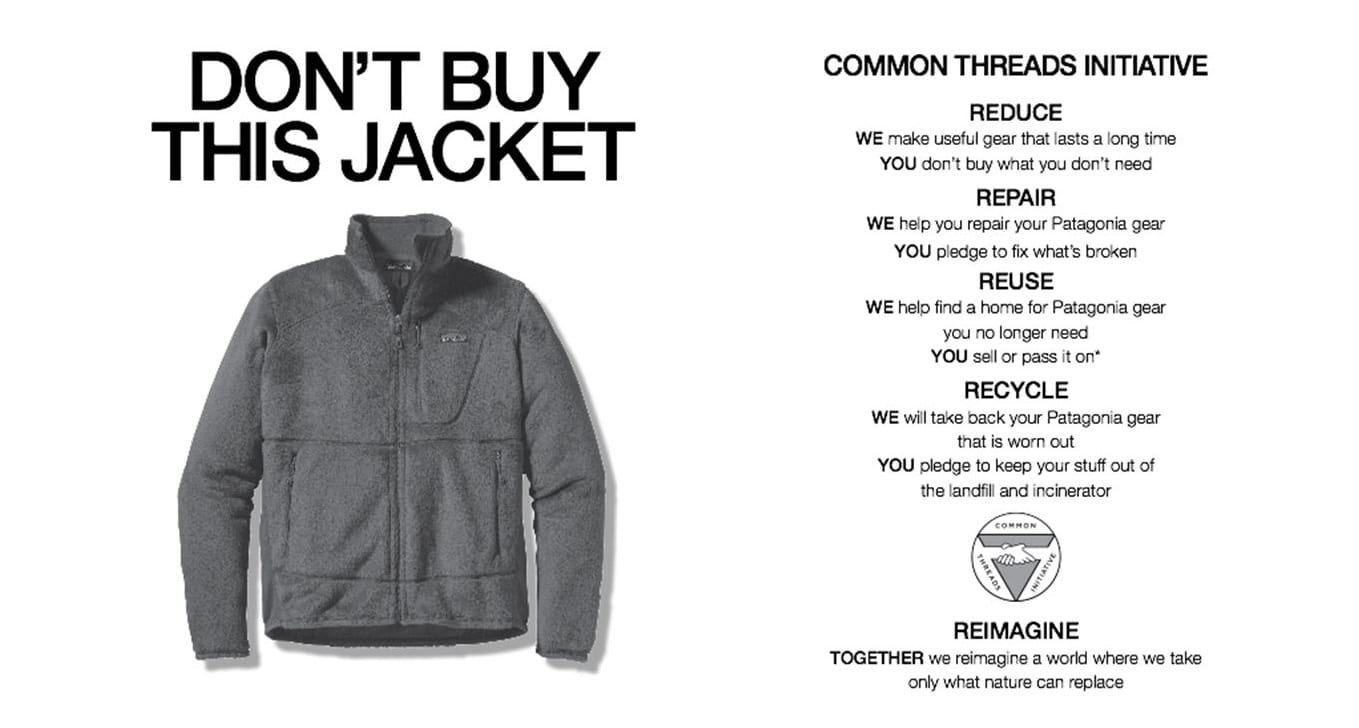
Image Source: Patagonia
Be Unapologetically Authentic

Image Source: Pop Sugar
Despite her best efforts, Netflix’s Wednesday is nothing but likable. That’s because no matter who or what she’s dealing with, she’s unapologetically herself — a true individual. Even in a school of “outcasts,” Wednesday stands out from the crowd, and in a good way. She’s smart and confident, she’s resourceful, and she isn’t afraid to stand up for what she believes in.
There are a few things brands can take away from Wednesday’s natural instinct for individuality.
First is that even when the status quo is perfectly fine (she goes to school with plenty of talented and motivated classmates), there’s always room for something new and different in the world.
The second thing is that people won’t always understand your version of new and different, but that doesn’t mean it’s not needed. In fact, many of the brands we now consider central to life as we know it — think Google, AirBnB, Uber, Facebook — were considered “stupid” at one point.
When you know you’ve got something meaningful to offer, use these brand storytelling steps to make others see it too. Don’t sell yourself short by giving up because of a few detractors. Keep building your brand with the support of those who see your vision — and make great content to get the word out to customers who need it.
When Something Feels Off, It Probably Is

Image Source: Entertainment Tonight
The premise of Apple TV’s eerie (but totally addictive) Severance is that its main characters signed a contract allowing their memories to be altered — when they enter their company’s building, they can’t remember anything about their lives outside it. When they leave, they forget everything that happens at work.
Eventually, they begin to get a sneaking suspicion that something’s not quite right with the plan — and without giving too much away, they were right.
As marketers, it makes us think of some of the now-notorious brand faux-pas, for which brands got bad PR (or worse, “cancelled”) for their bad marketing decisions. The video below is an example from Pepsi, who was accused of appropriating a national social movement with their ad featuring Kendall Jenner handing a Pepsi to a police officer.
Bernice King, daughter of Martin Luther King, Jr., even spoke out in a sarcastic tweet.
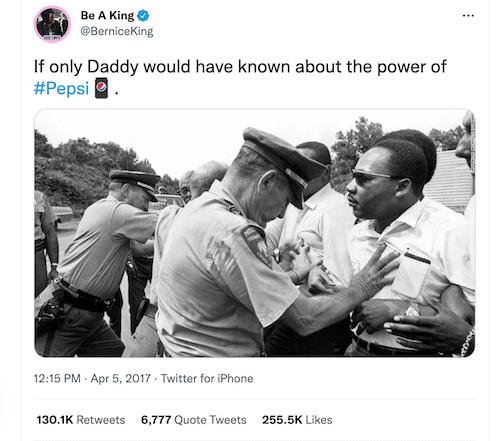
Image Source: Wordstream
Yikes.
We can’t help but think that someone in the room had the same nagging feeling as Severance’s Mark and Helly as they watched the Pepsi campaign be developed.
The takeaway: If something really doesn’t feel right, it probably isn’t. Speak up and talk through the problems you see with a brand story. Work with your team to fix it before you make it public.
Relationships Matter

Image Source: Netflix
The Outer Banks premiered in 2020 during the initial weeks of the pandemic, taking the world by storm as people hunkered down and binged the first season of adventure from John B. and the “Pogues.”
Since then, Netflix has released two equally popular seasons, and if there’s one thing to take away from the show, it’s that relationships matter. No matter what kind of trouble or hardship you find yourself in, if you’ve got the right support system, you can make it through.
In many ways, this is what customers are looking for from brands. They don’t want detached service providers or perfunctory transactions. Instead, they want to work with brands who care about their relationships with customers and want to operate as partners to tackle their goals and challenges.
And it turns out those early weeks of the pandemic, fraught with uncertainty, were one of the most important times for brands to emphasize that connection with customers.
The Big Brand Storytelling Takeaway
There’s a reason certain TV shows grab our attention and get us hooked — their stories. It’s stories that make us love characters, settings, and shows so much we just keep watching (even when we should flip it off and go to bed!).
When you tell stories, you tell customers there’s more to your brand than just another product or service. You show them that there’s real meaning behind what you do.
At Marketing Insider Group, we make it our mission to help brands tell their stories through great content. If you’re looking for support launching a content marketing strategy or creating content that resonates with your target audience, we can help.
Our team of expert writers and SEO specialists can deliver you optimized, ready-to-publish content every week for a year (or more). Check out our SEO Blog Writing Service to learn more or schedule a free consultation to get started.
The post Brand Storytelling Lessons from The Most Binge-worthy Shows appeared first on Marketing Insider Group.


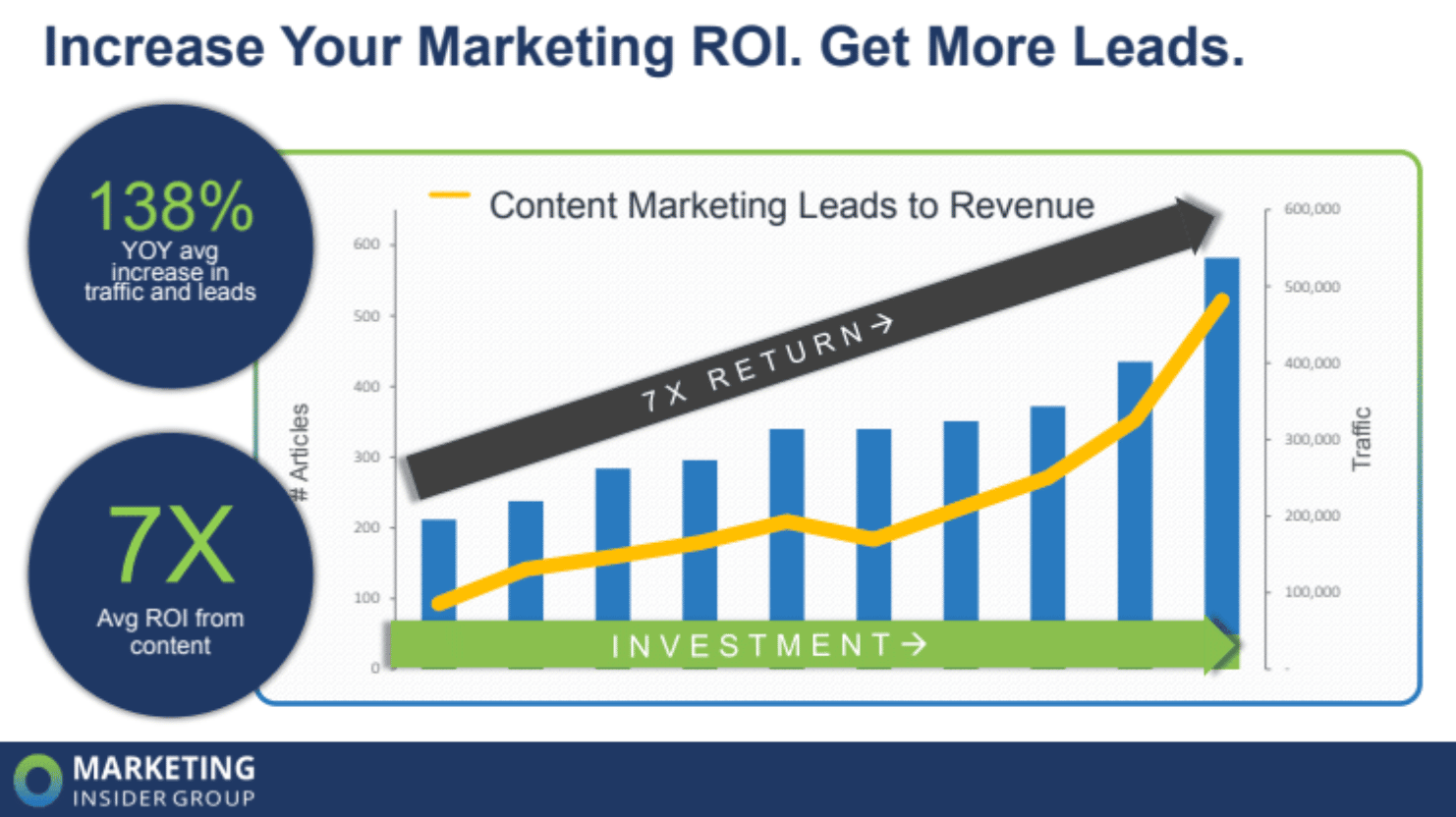
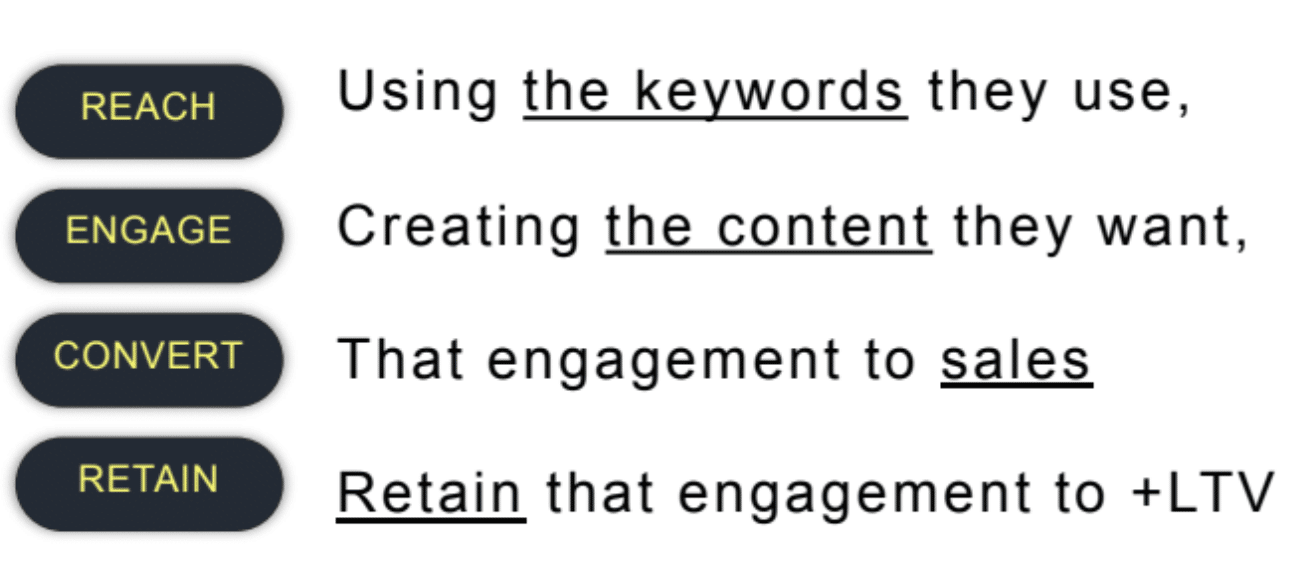
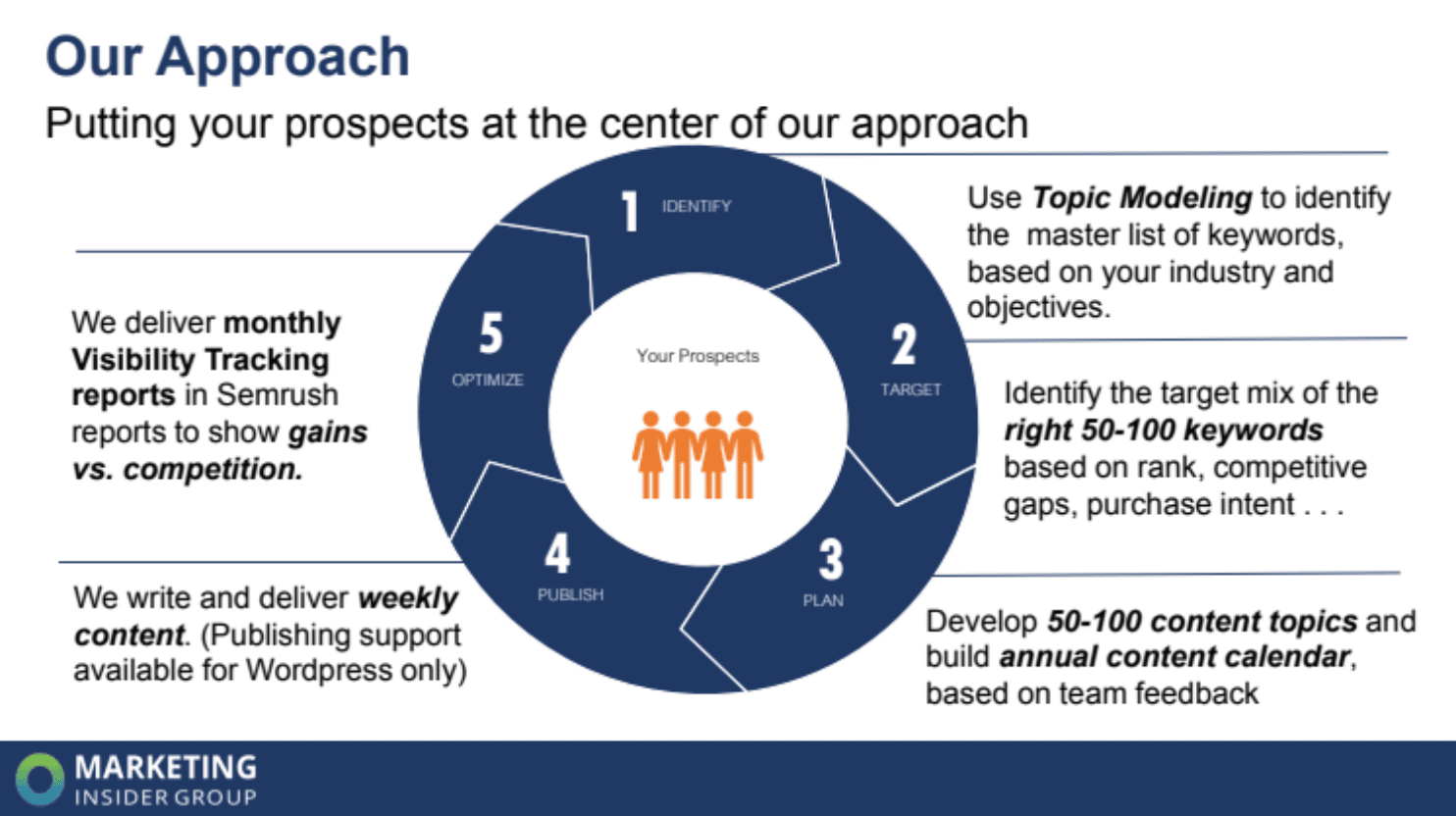
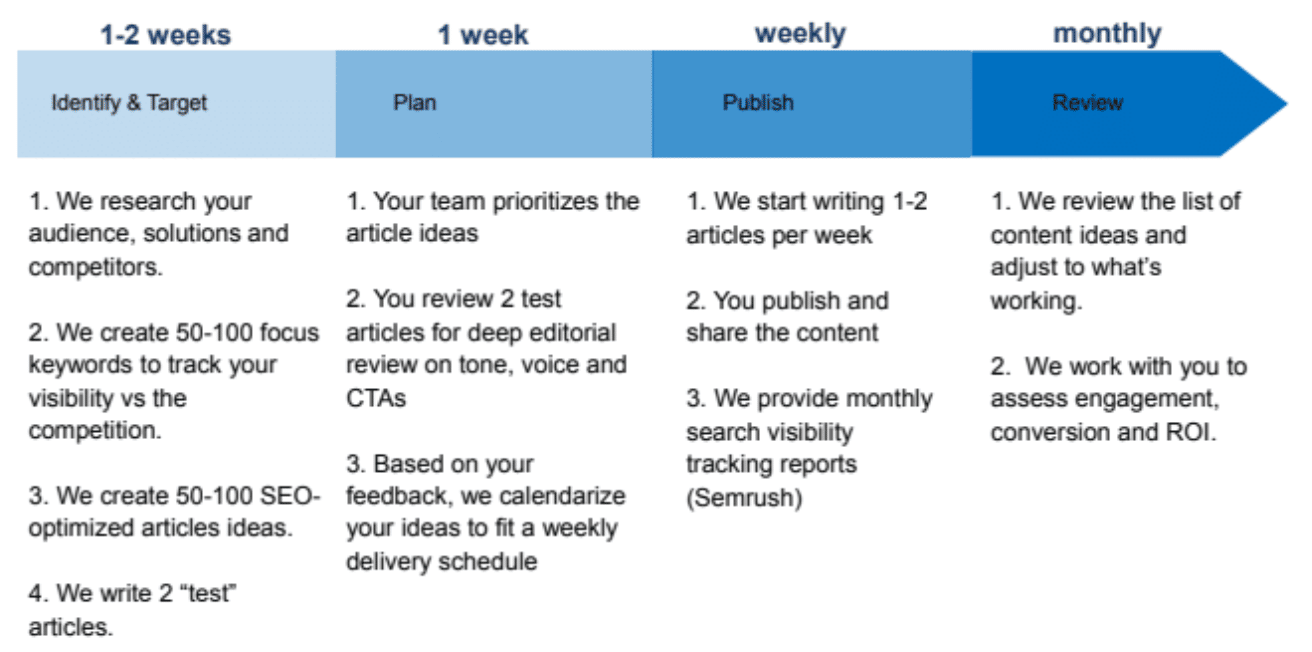
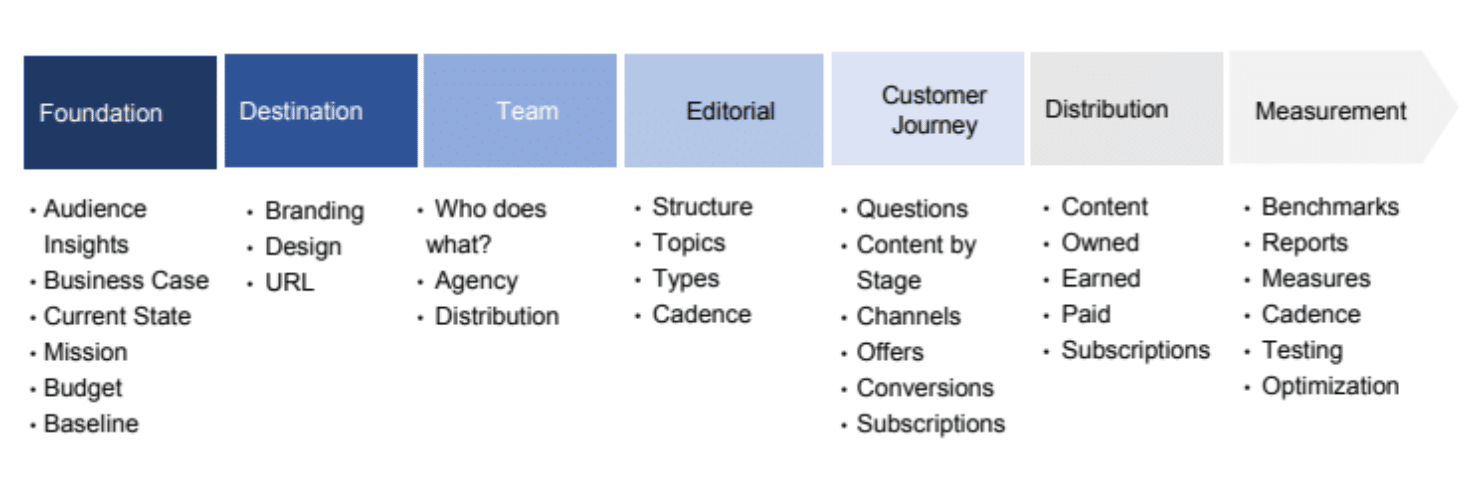
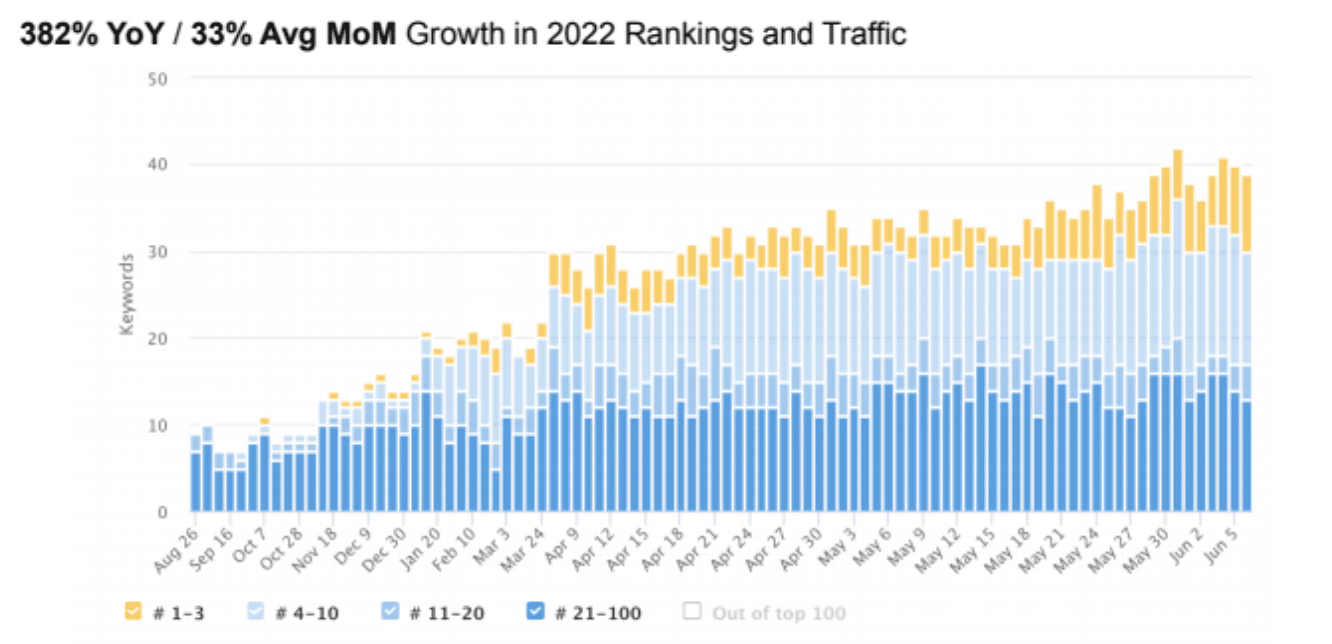
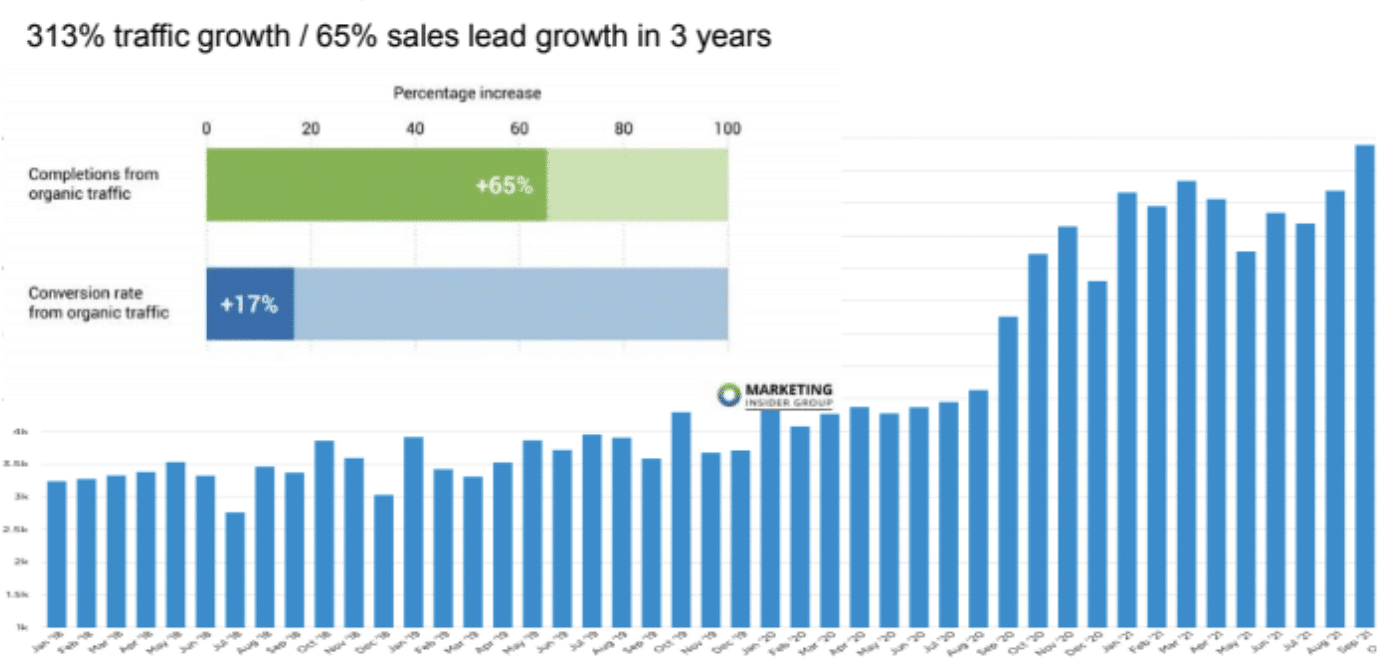
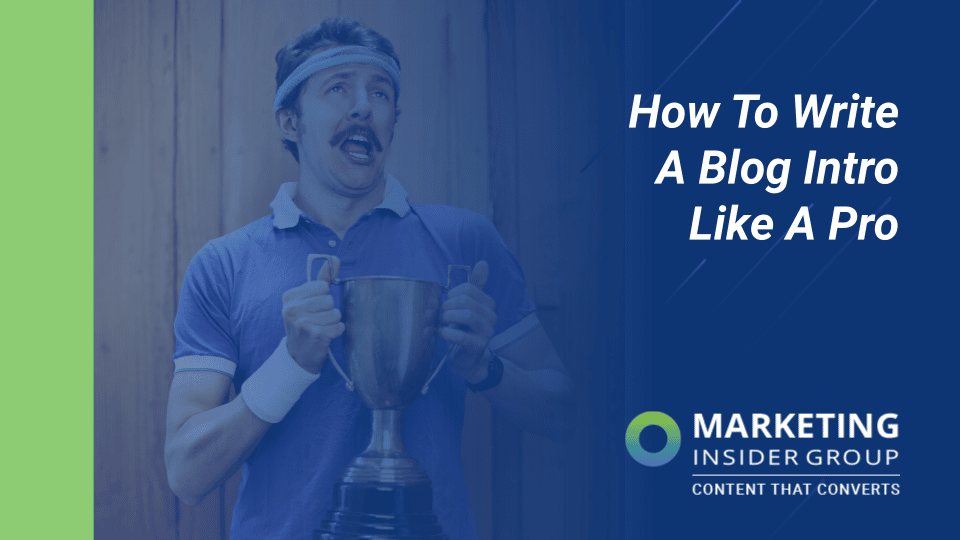

 ~ From How We Rank #1 Get a Million Visitors (And Win All Our New Customers)
~ From How We Rank #1 Get a Million Visitors (And Win All Our New Customers)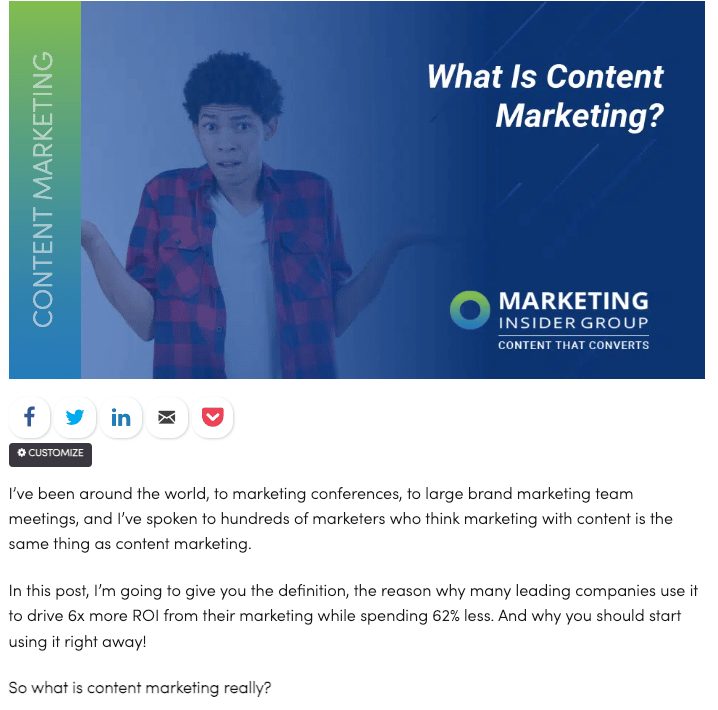
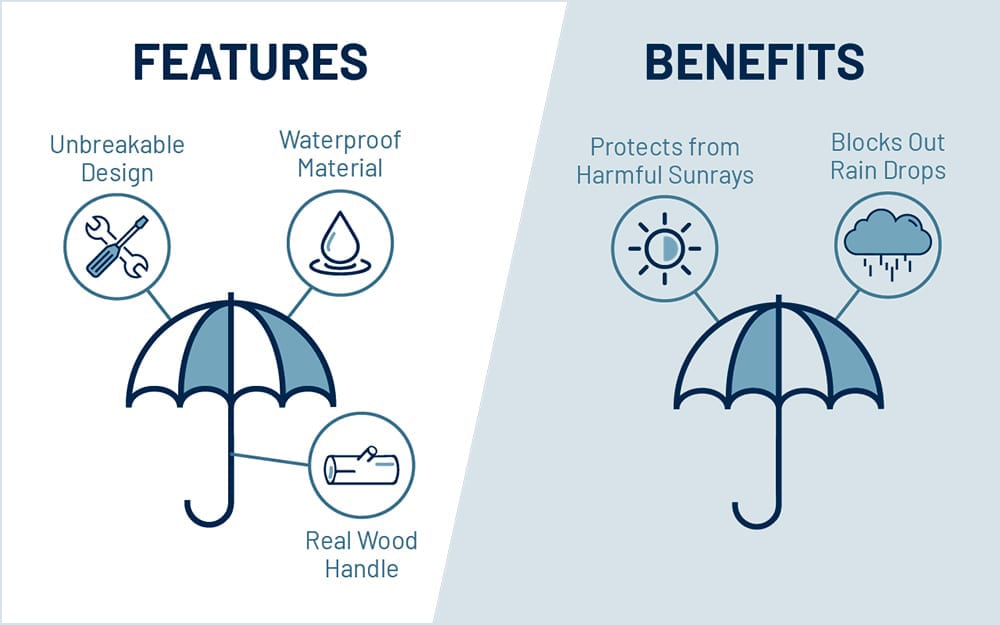

 See Also: 5 Blog Post Templates to Help You Create Remarkable Content
See Also: 5 Blog Post Templates to Help You Create Remarkable Content